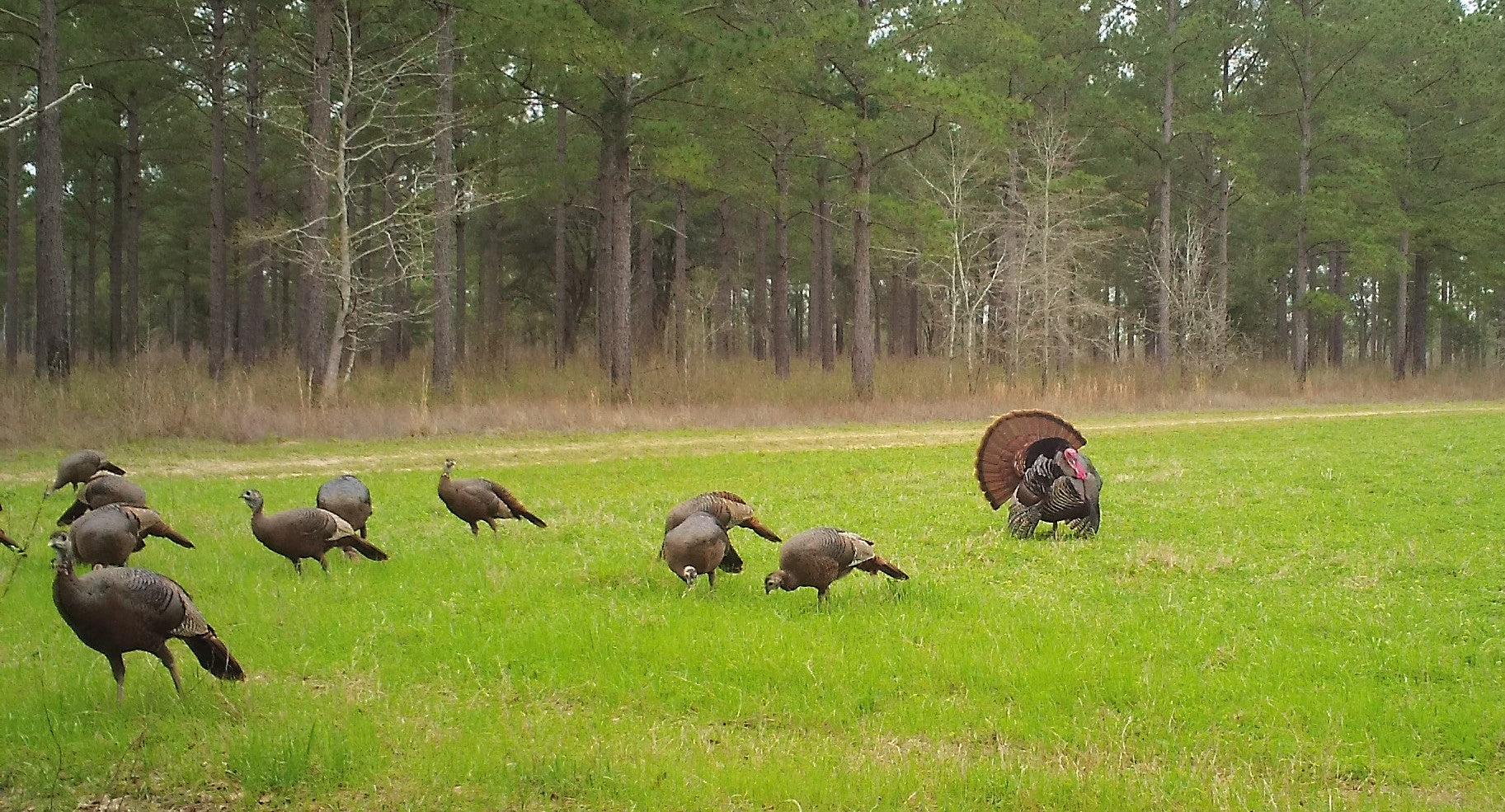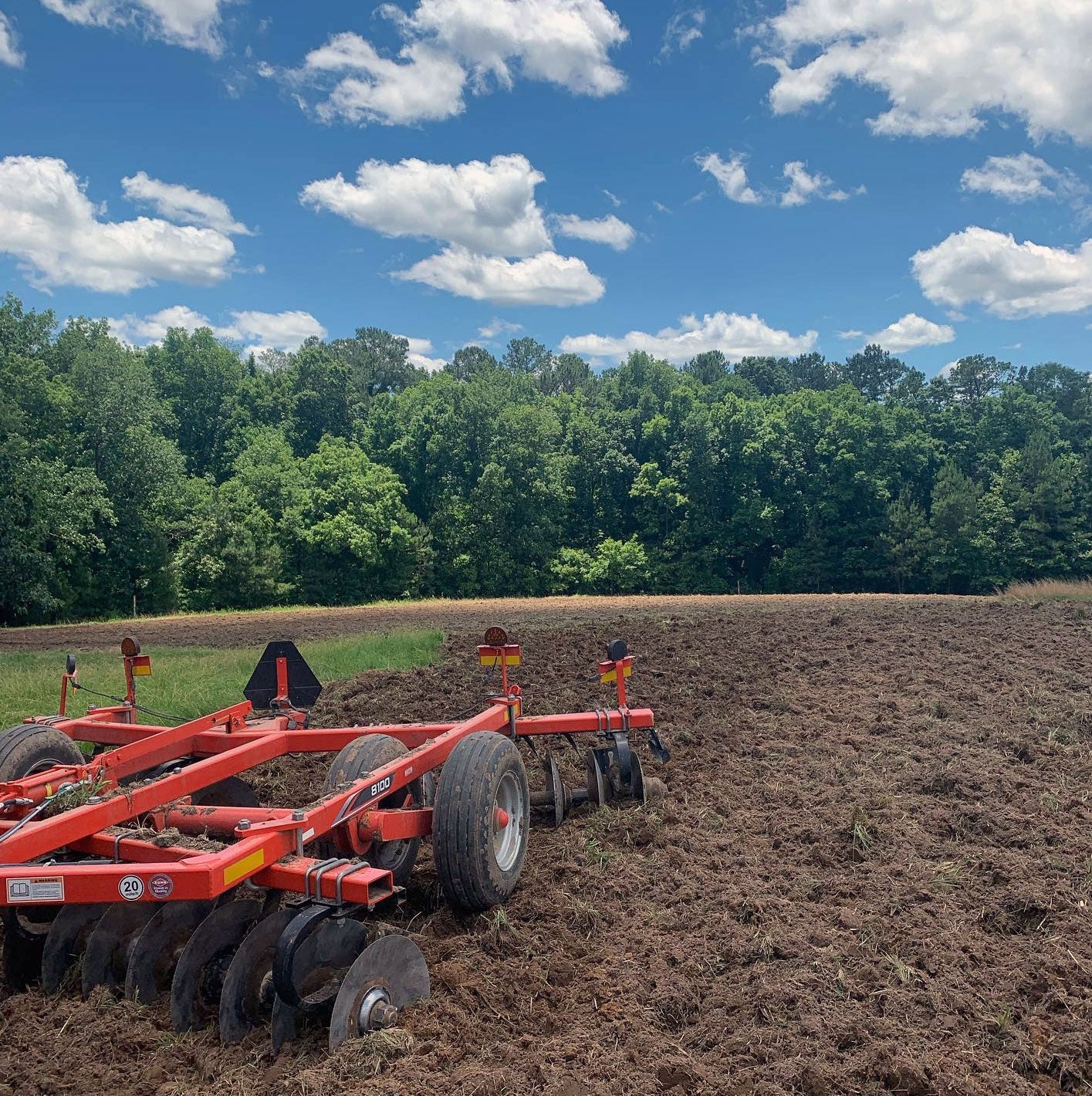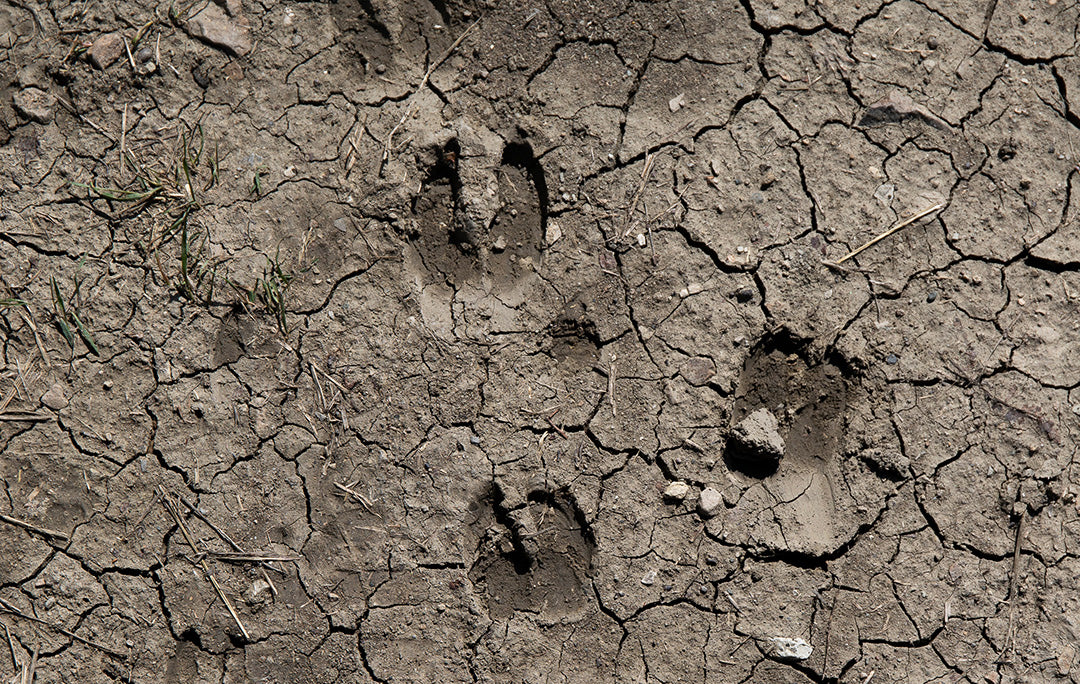Sentinel Limpopo Safari Chronicle, Zimbabwe Africa August/September 2011 Day 5 and Day 6
Sentinel Limpopo Safari Chronicle, Zimbabwe Africa August/September 2011
Days 1 & 2 | Days 3 & 4 | Days 5 & 6 | Days 7 & 8 | Days 9 & 10
Day 5- September 4th, 2011
More of the same today - searching, searching, searching for a trophy elephant bull. Today we ran into scores of buffalo that appeared to be anesthetized, seemingly unaffected by our presence, as we traveled the dusty two tracks of Sentinel. We observe one buffalo bull worthy of a return trip to Sentinel in 2012. He was about 42 inches wide, deep long curls, and massive with hard bosses, without a doubt the best buffalo bull I’ve encountered on my seven African safaris.
Back at camp for the evening we discovered that David Morris concluded his nyala quest by taking the massive and magnificent old nyala bull he targeted. And David did so in true whitetail still hunt fashion. This nyala was one gorgeous trophy. Nyala are perhaps the most handsome of the spiral horns in Africa. David`s bull fell late in the day to a single .300 WSM shot from his Sako A7 Tecomate Rifle as he and the Tecomate cameraman Matthew Carmen stalked skillfully amongst the many berry trees of the Limpopo riverine. The skinners would prepare this trophy for a full body mount! Way to go Dave!
Day 6 -September 5th, 2011
I awoke this day with a renewed sense of confidence. Not sure why, but why not? I`m in Africa. And at Sentinel good things can happen fast. The transition from dark to dawn in the African bush is a curtain call of grand anticipation. Richard decided we would investigate new country today – an area of Sentinel that we had yet to explore.
New country is always exciting to me. We headed for the riverine area along the Limpopo River where David Morris had taken his great nyala. David had reported that a group of five bull elephants were in this area. He had encountered this bull herd regularly over the last few days. We would check these bulls out.
The riverine area of Sentinel is home to another quarry on my priority list, the elusive and elegant spiral horn bushbuck. I think of them as “nyala light.” I often dreamed of taking a good bushbuck ram since I was first introduced to them at Sentinel in 1997 while on my first African safari. These little guys like their cousin the nyala, although maybe only 100 lbs dripping wet, are one of the most striking antelope trophies in the Dark Continent. So our riverine elephant mission would have an ulterior motive, a plan “B.” With my Sako A7 Tecomate chambered in .300 WSM topped with a Leupold 3.5 x 14 scope along for the ride with the .416 Rem Mag, we could shift to bushbuck mode in seconds. All we needed was the right bushbuck ram.
The many nyala berry trees scattered throughout the hammock-like forest that lines the banks of the Limpopo River give bushbuck, duiker, and nyala plenty of reason to stay close by. We discovered that nearly all of these massively trunked sprawling towers along our path had a suspect bushbuck ram or two in the vicinity. Shopping was good this day. We moved slowly and quietly, berry tree to tree. Moffat always took the lead with his keen eyes tuned intensely to the surroundings. We came close on one great old bushbuck ram. Only seconds away from pay dirt when he disappeared into thick cover. We came close on another good ram, just one large branch in the way, no shot. That’s OK, we’ll be back. This exercise was a welcome break to the dusty travels of our thus far futile efforts to locate a big tusker.
We returned to camp midday for lunch and a quick recharge of the eye lids in our peaceful Sentinel cliff-side chalets. We had a terrific homemade pizza lunch presented by Never, the Sentinel camp server. “Never,” could have more fittingly been named “Always,” as he was always there to serve us something good. Sentinel safari camp is easy to get used to.
David Morris would not return to camp at lunch time today as he persevered in route to taking his largest spiral horn of the safari, the elusive and always moving eland. It seems that eland never stop. And David was on to a runner. We excused ourselves from the lunch table around 1:00 PM and agreed to hit the trail again at 3:00 PM to search for bull elephant along with whatever else may be around the next corner.
Moments after settling into my chalet for some rest I noticed Moffat pass outside my window heading towards Richards quarters. I thought nothing of it even though I noticed that Moffat was moving quickly. Moments later Richard burst into my room, “Get up, let’s go! Chuck has just spotted a good bull elephant at a nearby water hole. Let’s go check him out.” I was up. The hunt was on. Thanks to Chuck Larsen this was our first big elephant break of the safari.
Immediately upon beginning our search for tracks at the water hole where the old bull had been spotted, Richard and Moffat determined that six bull elephant had visited, watered, and headed for the sandy dry Pye River bed. One bull’s track was nearly two feet long and almost that wide. Now we tracked more hastily at a pace that was unfamiliar on the buffalo trail. Elephant move fast, even when not in a hurry. Animals that are ten to twelve feet tall at the shoulder take big steps.
Richard sensed that the trophy elephant we wanted may be in this group and he would waste no time catching up to them. And let’s face it, we needed to hurry. Today’s bull elephant at Sentinel can be tomorrow’s bull elephant in Botswana. We paused to check the wind and to let Richard empty the sand from his camp shoes. There was no time to change into his hunting boots before leaving his chalet.
Standing quiet and motionless we began to detect the telltale sound of breaking mopane limbs as the group of bull elephants calmly fed just ahead. Our approach to the elephants was slow and cautious from this point. Several quiet and deliberate steps ahead and all six bulls were visible.
Three old ely’s in the group were trophy class. Moffat quickly set up the Bog Pod and directed my attention toward the closest mature bull in the herd only 25 yards away. Richard locked onto this same closest and shootable old bull in the bunch. I put the big bore on the sticks and released the safety in anticipation of the green light from Richard. This elephant was definitely mature and looked good to me. But Richard methodically checked one bull then another as I aimed and waited. He searched for a better choice. Finally Richard settled on the best bull in the herd, the largest and clearly the most massive. He was the bull we wanted.
At 35 yards our enormous prize stood facing directly away, no shot. This gigantic Sentinel bull was clearly more massive in body and tooth than any of the other five. He circled behind an acacia, now probably 40 yards away and broadside. But the acacia tree from which the bull fed prevented a shot. The bull’s giant trunk curled and tore several branches at a time from the very top of the tree. Just one, maybe two steps were all we needed, safety off, ready!
Suddenly, like a quail covey flush, thirty tons of African elephant took flight. These big guys can really move. One bull in the bunch had alerted to our presence and he sent the entire group on a rampage. My heart sank as all six bulls disappeared. We were so close, just seconds to go when our bull stampeded into dense cover. How could something that big vanishes so fast? Amazing! Now I understand better how dangerous these beasts could be. Had they charged our direction I don`t believe there was any way we could have avoided all of them.
Disappointed but with a few hours of daylight left we would attempt to track our way back into position for a shot on the big elephant. We plodded along the trail that became quite confusing at times. Many elephants had moved into the area. Suddenly they were everywhere we looked. Tracks over tracks made discerning our bull’s trail difficult. Moffat and Richard had several discussions and it was clear that at times they had different ideas as to the direction of our bull’s travel. Tracks nearly two feet in diameter crisscrossed back and forth across the dry Pye River bed as we tracked and back tracked in an attempt to puzzle out the bull’s course of travel. We looped ahead and saw elephants. We folded back and ran into more cows and calves. But not our big bull. There was confusion. But there was confidence and intensity in Richard’s actions as he, Moffit, and Philemon mapped out a strategy to relocate our bull before dark.
Finally late in the day we determined by huge fresh tracks that our bull had split from the original group. He had joined up with several cows and calves. We tracked his enormous footprints in the direction of the Limpopo River. A destination we did not want him to reach, the Zimbabwe border. And soon we found ourselves urgently sorting through a big herd of fifty or so elephants until we finally located our bull. He was once again calm and feeding in the fading light amongst cows, calves, and at least one other impressive member of the original bull group that we had tracked earlier, another good shooter bull.
The sun was settling onto the horizon and there was peace, quiet, and stillness on the scene. Only the sound of the elephant logging crew taking out timber on the savannah was heard. Time was running out this day. We had to get a shot soon; darkness was on its way. Tomorrow our bull could very easily be long gone forever.
The wind was in our favor as we slowly made our final approach on our bull. Now in position for a broadside shot in close quarters I steadied the .416 on the Bog Pod. I stared down the barrel at five, maybe six, tons of majesty in preparation for what may be the most important shot of my life. Richard called for heart lung shot placement at 40 yards in fading but adequate light. My shot struck the bull at directly broadside entering his right shoulder. He spun and reversed course 180 degrees. He was obviously hit hard by the 400 grain solid. The bull ran only 100 yards before pausing and finally crashing to the ground.
Celebration was certainly in order. But I can tell you that it’s a bittersweet moment when a great elephant bull, likely 40 - 50 years old, expires before you and you are the one holding the gun. I felt remorse, reverence, and respect for the trophy whose life I had taken. There was a quiet time we all shared there that evening, we quietly gave thanks and offered prayer. We all stood and admired the fallen monarch in the fading light - a bit sad, yet still elated.
Back at camp an hour or so later David Morris arrived with his epic two day marathon eland bull in the bag. The traditional elephant celebration began and David Morris’ lengthy eland ordeal had concluded favorably, never a doubt Dave! What a day!
The native people of the Sentinel community were busy sharpening their knives this evening. They looked forward to the protein infusion that our elephant and David’s eland would provide. Both of our trophy’s cherished red meat would sustain many of the locals during the last few months before the rains. This period of time is known locally as “suicide months.”
Sentinel Limpopo Safari Chronicle, Zimbabwe Africa August/September 2011
Days 1 & 2 | Days 3 & 4 | Days 5 & 6 | Days 7 & 8 | Days 9 & 10
Posted by David Shashy











Leave a comment